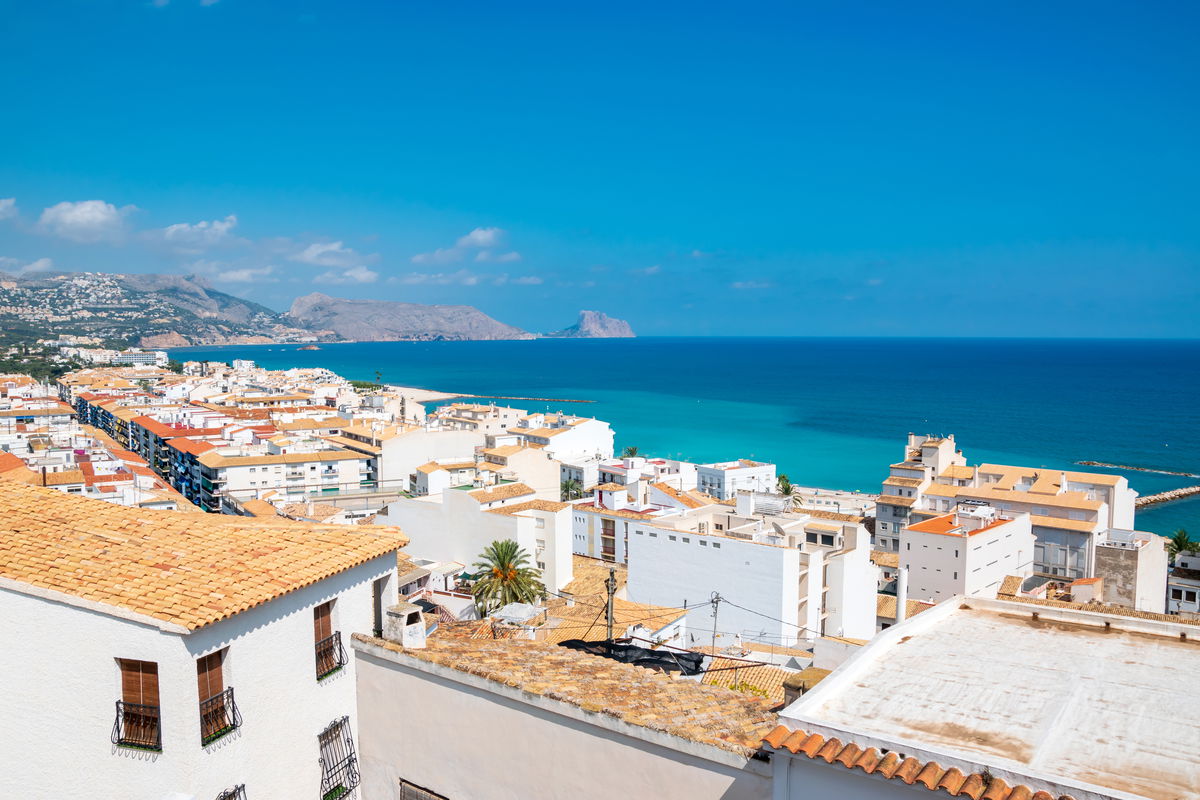Property prices have plummeted hardest in rural and small-town Spain, even as national averages surge.
Credit: Nicole Kwiatkowski / Shutterstock
As Spain’s property market booms overall, with average prices surging nearly 16% across the country over the past year, a clutch of towns has bucked the trend – registering dramatic falls in second-hand house prices.
Where the bottom dropped out
Ten municipalities have seen their average asking prices tumble by 13% or more between October 2024 and October 2025.
Leading the downward spiral are Torreperogil in Jaén and Arroyo de la Luz in Cáceres – both witnessing a staggering 21% drop in the past year.
Not far behind: Allariz (Ourense) recorded a 16% fall; A Estrada (Pontevedra) is down by 15%; and Campoo de Enmedio (Cantabria) fell by 14%.
Other municipalities rounding out the top ten include Cotobade (Pontevedra, -14%), Mojados (Valladolid, -13%), El Carpio (Córdoba, -13%), and two towns in Murcia – Alguazas and Abarán – each down 13%.
Further afield, several other municipalities across Spain also show substantial declines, though not quite top-ten severity.
Among them: Lloseta in Mallorca, Arcas del Villar (Cuenca), and Cabrera de Mar (Barcelona province), each down around 12%; Rafol de Almunia in Alicante with 11%, and other towns such as in Asturias, the Basque Country, the Canary Islands and Navarra with smaller declines.
A contrast with the national boom
The broader market paints a picture of booming demand and rising values – yet local conditions in these towns seem to be exerting heavy downward pressure.
According to the data, the drop for second-hand homes in the worst-hit places surpasses 13%, a dramatic reversal when the regional or national average is surging upwards.
Interestingly, some regions appear virtually immune: neither Madrid nor Aragón saw any of their analysed municipalities register a price decline.
The towns with the smallest price increases in those regions – Caspe (Zaragoza, Aragón) and Brunete (Community of Madrid) – rose only 1%.
What lies behind the slump?
The data doesn’t specify exact causes, but the sharp regional divergences suggest a mix of local factors.
Tough economic conditions, population decline, lack of demand, or simply a glut of supply might be at work – especially in small towns without strong economic engines.
For instance, rural or semi-rural municipalities may be losing population as younger residents migrate towards larger cities for work, reducing demand.
Alternatively, sellers in less sought-after towns might be forced to adjust expectations after years of rising national prices – hence the steep corrections.
At the same time, such price drops might represent opportunities.
For buyers with budget constraints or investors seeking potential upside, towns like Torreperogil or Arroyo de la Luz could offer a rare entry point into the Spanish property market at deeply discounted levels compared with national averages.
A few of Spain’s housing markets are buckling – but that could spell opportunity
The 2025 data underscores a truth often lost in headlines about Spain’s soaring real estate: not all markets are booming.
While the broad national trend points to rising prices, some localities are enduring brutal corrections – in some cases shedding more than a fifth of their value within a year.
For prospective buyers or watchers of Spain’s housing market, it’s a reminder to look beyond national averages and examine regional realities.
In towns like Torreperogil, Allariz or A Estrada – and the others on that list – house-hunters might find something surprising: a buyer’s market opening just when the rest of the country is feverish with demand.
